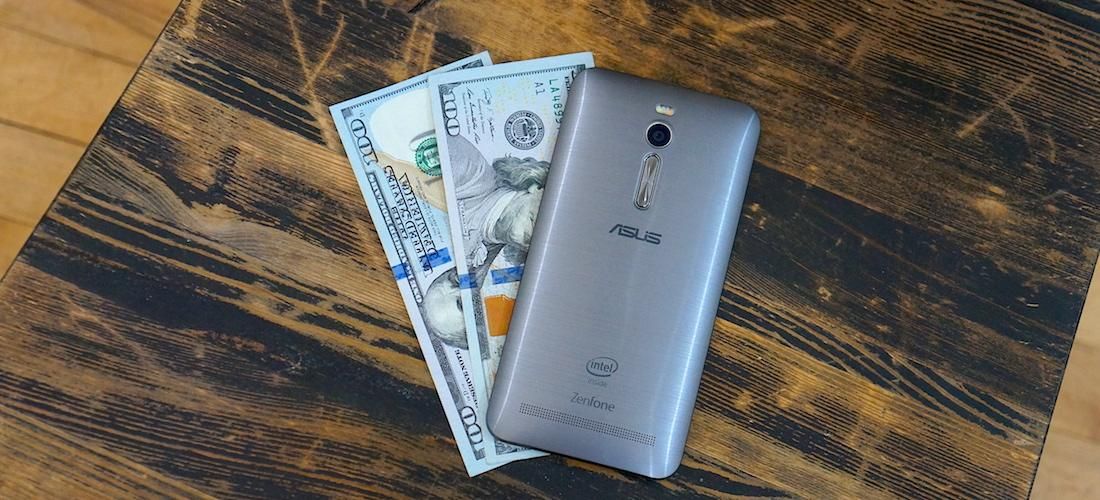In the US, the concept of the “$200 smartphone” isn’t likely to bowl anyone over. After all, carrier subsidies routinely bring retail prices at least that low for some of the fanciest devices around, and for many people that’s enough. But when you break or lose that phone and need to replace it (or when you tally up the total of all those monthly installments) the line between “$200 smartphone” and “$600 liability” can get mighty fuzzy indeed.
Is it possible to buy an unlocked smartphone that’s just as inexpensive as a carrier-subsidized one, without sacrificing a flagship-level experience? That particular unicorn has been chased by many manufacturers over the past year, with most slimming down their smartphone spec sheets in an effort to deliver devices on the cheap. With the ZenFone 2, though, ASUS is taking a decidedly different tack. And the result is quite possibly the best affordable smartphone of the year.
Editor’s Note: For this review, we spent nine days with the higher-end (4GB/64GB ZE551ML) version of the ZenFone 2 on T-Mobile US. While broader impressions probably transcend the entire ZenFone 2 lineup, our specific conclusions are confined to this model.
Video Review · Specs & Hardware · Software · Camera · Performance
Pros/Cons · Pricing/Availability · Conclusion · Scored For Me
ASUS ZenFone 2 Review Video
[EMBED_YT]https://www.youtube.com/embed/8Yz4miS6N9Q[/EMBED_YT]Specs & Hardware
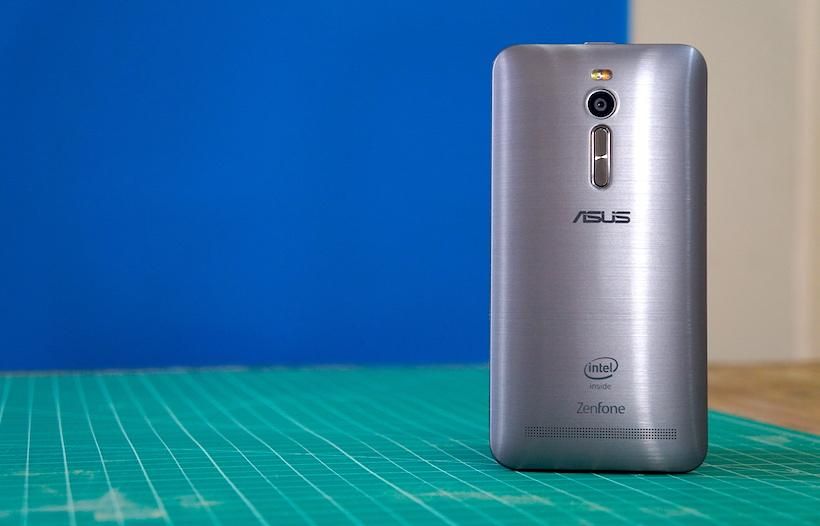
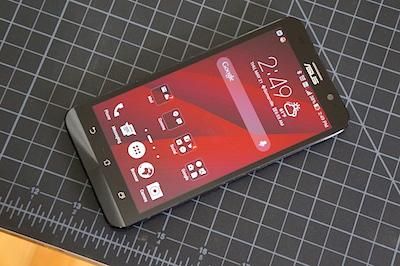
You wouldn’t know it based on first impressions, though. For all its potential to redefine the affordable smartphone segment, the ZenFone 2 is pretty underwhelming out of the box. With a 5.5-inch full-HD display, it’s a big phone – and nothing about its build minimizes that bigness. ASUS likes to emphasize the device’s 3.9mm edges, but it’s the 10.9mm meaty center that you’re more likely to notice, along with a 170g mass that evokes the fleshy phablets of old. Everything about the hardware amplifies the device’s scale: while it’s about as tall and wide as Samsung’s Galaxy Note 4, it feels even bigger thanks to its wide-radius corners. Fortunately, those corners plus the slightly rubbery coating on the faux-metallic back cover make the phone comfortable enough to hold – and if the fake metal isn’t doing it for you, ASUS also sells an array of colorful back covers to customize the look and feel.
Many of the physical features that could make the ZenFone 2 stand out have instead been minimized or watered-down. The rear-mounted volume key –still a rarity in non-LG smartphones– is tall and narrow, emphasizing the back cover’s extensive acreage. The capacitive keys below the screen are rendered in the pre-Lollipop iconography and they also don’t light up, which makes finding them in the dark pretty tricky. The power/standby toggle is positioned way up on the phone’s top edge, making it awkward to press if you’re using the phone one-handed. Fortunately you can bypass the button by double-tapping the Gorilla Glass 3 to wake the display, but don’t expect much in this department. While the 400ppi IPS panel is plenty sharp and colorful, that color fades rapidly the farther off-center you angle the device, and it’s also quite dim in even moderate daylight. If you spend a lot of time with your eyes glued to Google Maps as you navigate the great outdoors, you’ll probably want to look elsewhere.
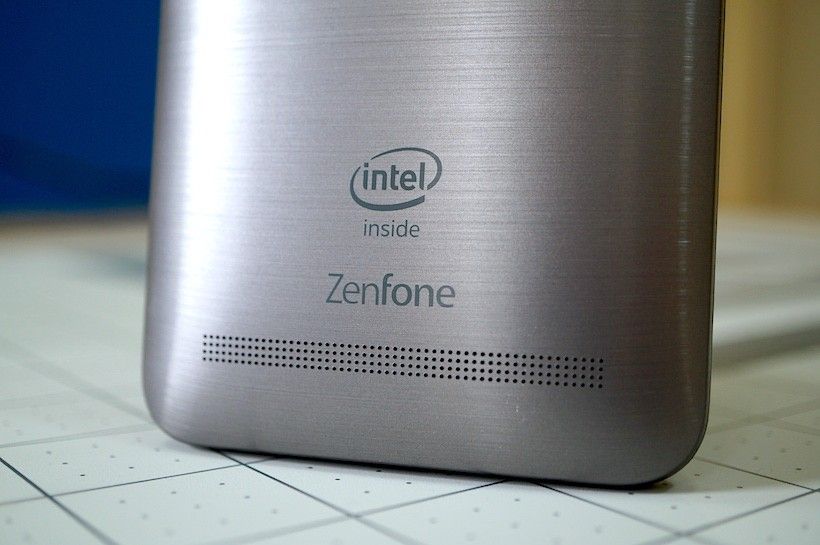
Pop off the plastic back cover –and pop on your X-Ray Vision goggles– and things start looking a lot more interesting. ASUS offers the ZenFone 2 in two trims (each confusingly carrying the model number ZE551ML) and each is impressive in its own way. The budget model takes its power from a 1.8GHz processor (Intel Atom Z3560) backed up by 2GB of RAM, while the higher-end edition packs a 2.3GHz processor (Intel Atom Z3580) augmented by a whopping 4GB of RAM. The ZenFone 2 is one of a very few Android handsets to cross the 4GB RAM threshold, a spec bump which carries significant benefits we’ll detail in the Performance section below. Toss in dual-SIM support, up to 64GB of on-board storage, microSD expansion, and an embedded 3000 mAh battery, and you’ve got a smartphone that means serious business.
Software
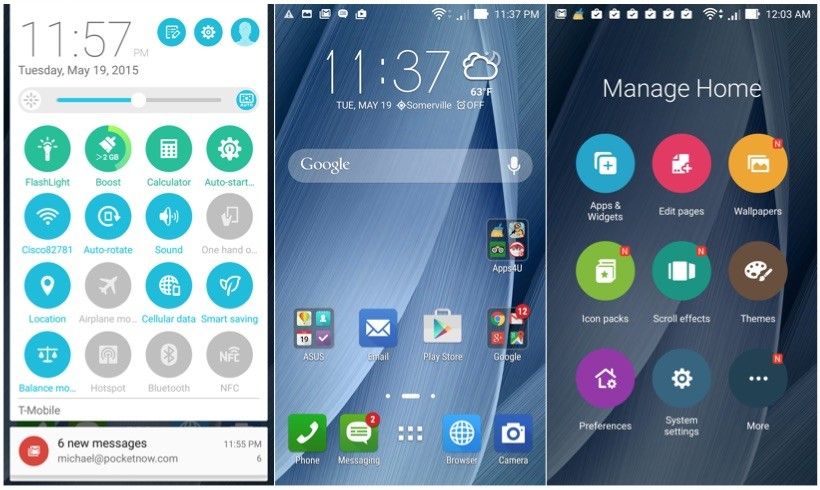
With devices like the HTC One M9, Samsung Galaxy S6 and LG G4 hitting the scene, 2015 is shaping up to be the year of customizable Android phones – and the ZenFone 2 fits right in. While the default interface is far from pretty, and we’d like to have seen a newer foundation version than Android 5.0 (5.1 brings considerable improvements to stability and performance), the ZenFone 2 redeems itself with some of the most extensive tweakability available today. Using a mixture of icon packs, wallpapers, and themes, you can upgrade the cartoony stock look of the ZenUI very easily. Our favorite combination over a week of testing has been the “Silhouette” icon pack over the “Travel” theme with “Card Flip” animations (pictured below at right), but there are literally thousands of other combinations to choose from.
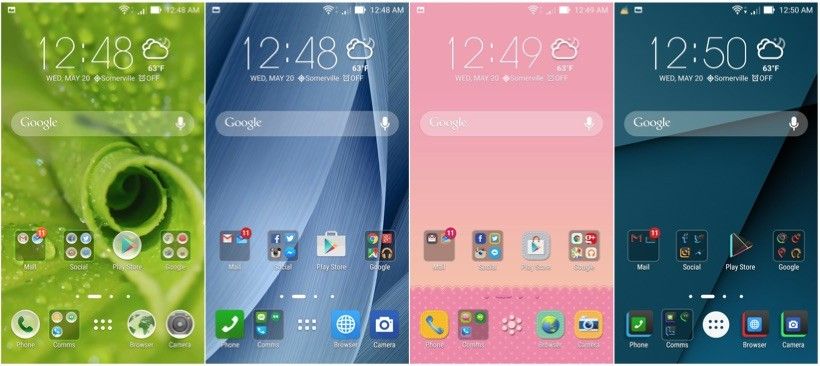
ASUS has also included lots of little conveniences here. Swiping down from anywhere on the home screen triggers the notification shade, and double-tapping the status bar or a blank portion of wallpaper turns the screen off. Double-tapping the home button collapses the entire interface into a smaller window to make the big device a little more manageable one-handed, and the software keyboard is scalable to accommodate all kinds of hand sizes. When the phone is locked you can jump right into specific apps by tracing a letter on the screen: “C” triggers the camera, “P” gets you to the dialer, and the trickier “W” dumps you right into the browser. If you’ve got younglings, there’s a dedicated Kids Mode complete with a controllable app list and a bedtime shutdown feature; if you’re a first-time smartphone user (or you’re buying the phone for someone who is), there’s an Easy Mode that makes Android far less intimidating on first power-up. While we’ve seen all of these features before on other smartphones, offering all of them together out of the box makes the ZenFone 2 one of the most adaptable smartphones on the market.
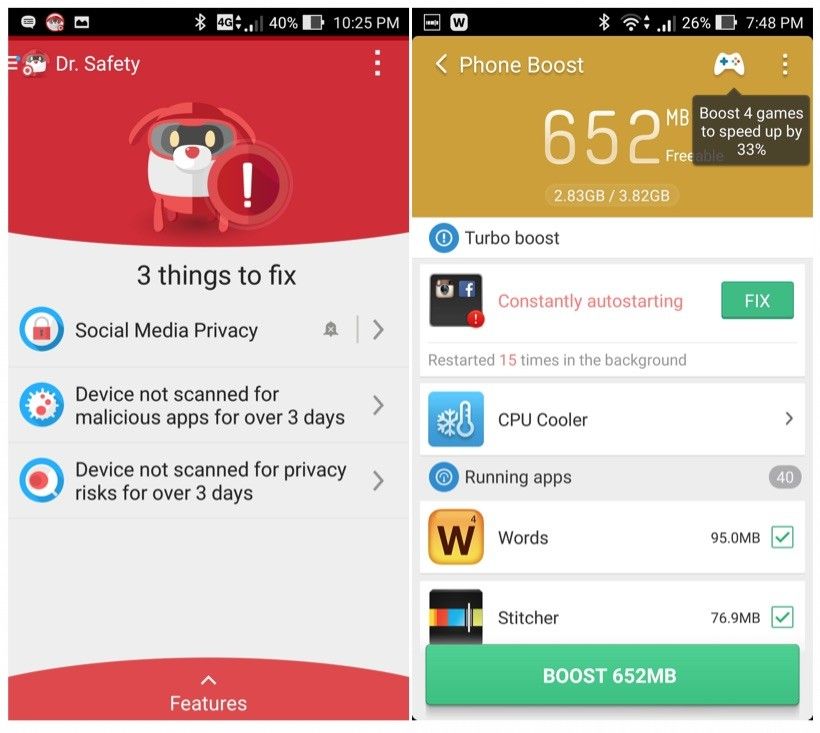
That adaptability comes at a cost in the form of bloatware. Probably the most visible of ASUS’s many preloaded titles are the system utilities Clean Master and Dr. Safety. Now, as bloatware goes we’ve definitely seen worse. Each of these enjoys a very high rating on the Google Play Store, and Clean Master is actually quite therapeutic: it’s fun to hit the Boost button and watch it clear vast swaths of RAM in seconds by closing background processes. Similarly, it’s vaguely reassuring to see Dr. Safety inform us that every new app we download is “safe.” But for years it’s been debated whether apps like these are anything more than a placebo for smartphone micromanagers; slick animations aside, we can’t claim to have seen any concrete benefit from using them during our review period. As for all the other cruft ASUS packs in, it runs the gamut from uninvited preloads like OmletChat and Zinio to various PC remote control and cloud storage apps (one of which is an ASUS title that gives you 5GB of lifetime “WebStorage” for free). Fortunately, if you find these “value adds” as useless as we do, you can manually uninstall most of them with a minimum of hassle.
Camera
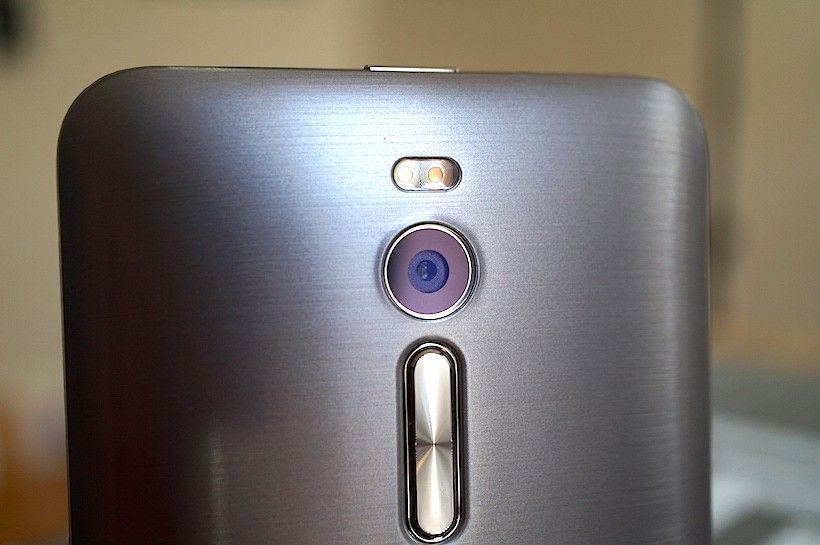
Where a budget phone makes a compromise, more often than not you can find it in the camera. We saw this with the Moto G, most low-end Lumias and the Alcatel OneTouch Idol 3, among others. ASUS isn’t exempt from this: the company clearly made some concessions to bring its Toshiba-built “PixelMaster” hardware in under budget. There’s no optical stabilization in sight; the double-click volume key shortcut doesn’t always work; and the viewfinder software is an unwelcome blast from the past with its 17 separate shooting modes.
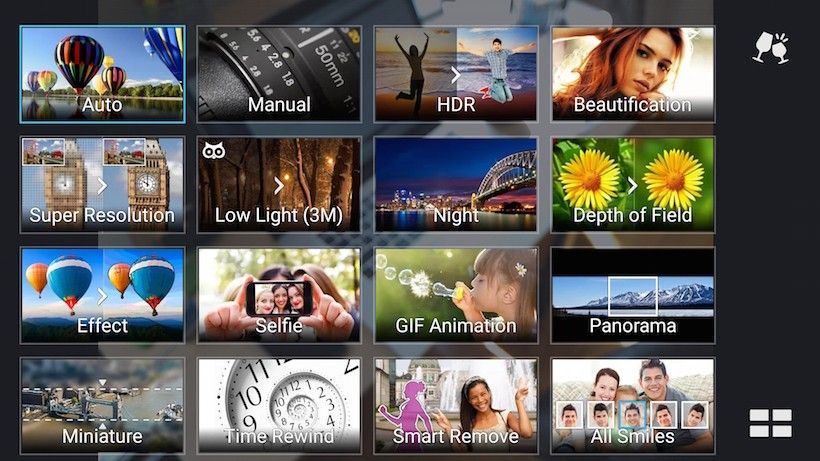
But start snapping pictures, and the results might surprise you. With space to spare on our 64-gig review unit, we cranked up the resolution to the full 13 megapixels and started clicking away in the springtime sunshine here in Boston. What we found was a camera that did really well in broad daylight, with sharp detail, crazy colors, and fast enough shutter speed to take the blur all the way out of a speeding commuter rail train from about fifteen feet away. Whether the super-saturated results will impress you or put you off will depend on how much you value authenticity; the ZenFone 2 definitely produces more colorful reproductions than the real-world subjects they represent, and the cartoony effect gets much more pronounced in HDR mode.
















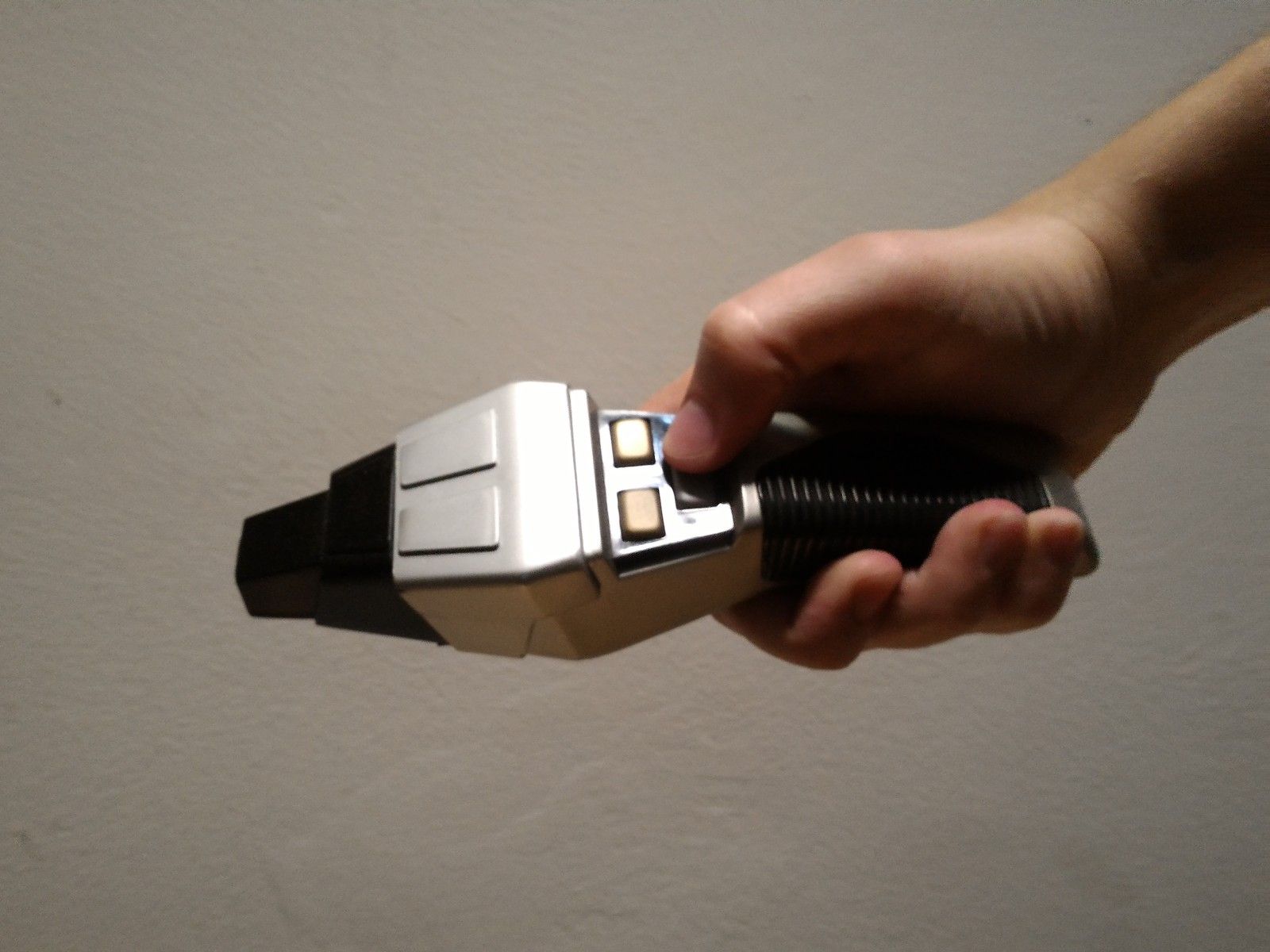



Of those 17 shooting presets, two are especially worth mentioning. The first is ASUS’s “Super Resolution” mode, which combines four separate photos to produce one giant 50MP image using a software process Oppo fans will find familiar. If that sounds like dubious witchcraft to you, you’re not alone – but it actually works pretty well as long as you’re cool with the 3-second exposure time it requires. Comparing a “Super Resolution” shot to a standard 13MP photo of the same scene, the Super photo features a bit less light, but also substantially less digital noise and much more fine detail.

The second is “Night Mode,” which we’re familiar with from our time with the PadFone X. “Night Mode” does indeed bring more light into the frame using the ZenFone 2’s digital stabilization, but you’ll want to be sure you’re truly in the dark before you use it: any light sources in the frame are bound to blow out the shot. Also, you need to be okay with a much lower-resolution photo, since photos shot with this setting are limited to a maximum of 3MP.








Turn the camera on yourself using the front-facing selfie shooter, and you’ll get the usual reduction in resolution (to 5MP) and the commensurate increase in artifacts. Still, the ZenFone 2 brings more than enough room for friends with an 85-degree lens, and there’s a selfie panorama mode here too if you’re even more popular than that.







With artificial sharpening in almost every image, noisy low-light photos in even moderately dim conditions, and shaky, washed-out HD video, there’s plenty of compromise to be found in the ZenFone 2’s primary camera. But like every other aspect of the ZenFone 2, the camera performance needs to be considered through the lens of its price. Given how much you’re (not) shelling out for this device, the “PixelMaster” shooter is a very compelling package; in fact, it’s quite possibly the best camera you can find on an affordably-priced smartphone today.
https://vimeo.com/129037560?byline=0
Performance
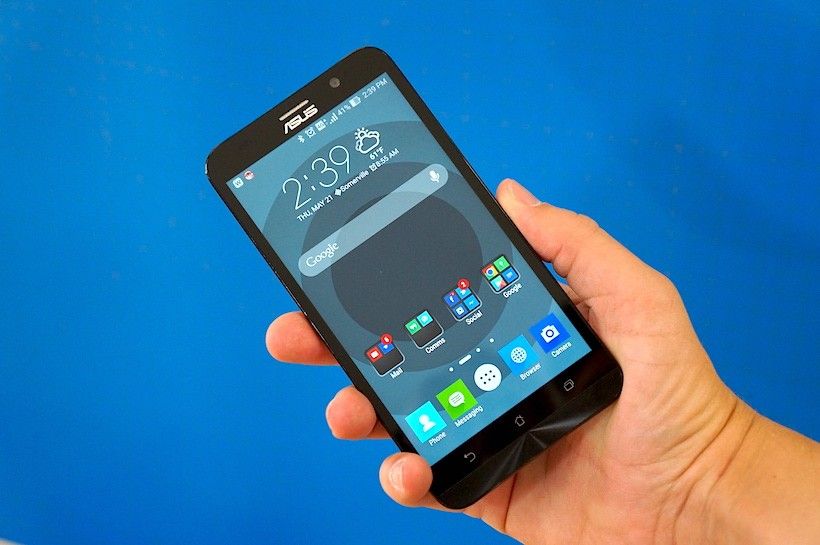
An Intel chipset on an Android phone is a relative rarity in our Snapdragon- and Exynos-dominated mobile world, so we weren’t sure what to expect from the ZenFone 2’s performance. As it turns out though, we had nothing to worry about.
Whether it’s a result of the 2.3GHz processor, the 4GB of RAM, highly optimized software, or some combination of all three, the ZenFone 2 runs like a dream. Stutter and lag is so rare as to be almost nonexistent; graphically-demanding games like Asphalt 8, Smash Hit, and Implode run without a hitch; and –here’s the kicker– even swapping back and forth between these high-impact apps doesn’t make the phone break a sweat. We were able to jump right from a ball toss in Smash Hit into a paused Implode session and back again, without waiting more than a second for either game to restore from standby. In more realistic use cases, running podcasting or music-streaming apps in the background was no problem even when jumping into and out of other high-demand apps in the foreground. Again, we’re testing the higher-end, spec-loaded model of the ZenFone 2, but if the entry-level version performs even half as well as this, it’ll be worth its price tag.

Acoustically speaking, things get less impressive. The ZenFone 2 performs pretty well for a device with the word “phone” in its name: voice calls are reasonably clear and loud enough to overcome moderate street-level background noise through the earpiece. Dual-SIM support is also something of a novelty for a US smartphone: the ability to manage two separate phone numbers and calling plans from the same device will no doubt appeal to small-business owners and small-time hustlers alike. Unfortunately conference calls and media playback are no picnic at all; despite the big grille ASUS punched into the back cover, the loudspeaker itself is tiny, and tinny. Even plugging in a set of earbuds (sold separately) doesn’t help with the latter; though ASUS provides an “Audio Wizard” to tweak the sound you’re getting through the wire, the output just isn’t loud enough. In a side by side test with last year’s Moto X, the ZenFone 2 sounded roughly 25% quieter through a pair of in-ear buds – a significant enough amplitude hit to make hearing media difficult on a loud subway train.

In terms of endurance, the ZenFone 2 is about average. There’s certainly potential for it to be a road warrior’s delight on paper, with its big 3000 mAh battery and the Smart Saving/Ultra Saving power conservation modes … but the combined drain of Lollipop and our usual bevy of social media apps means we usually can’t get much more than 4 hours of screen-on time per charge. That translates to roughly 12 hours of on-and-off usage between charges, with the phone usually ending up with around 15% remaining at the end of the day (at which point Ultra Saving automatically kicks in). While that’s not great, especially compared to endurance champions like the Huawei Ascend Mate 2 and first-generation LG G Flex, it’s not bad either. You may be able to do better with more aggressive app management; the phone includes persistent notifications to alert you to apps that drain power quickly, and an “Auto-start manager” that lets you decide whether they can run or not. Also, keep in mind that while the battery isn’t user-replaceable, the ZenFone 2 does include ASUS’s proprietary “Boostmaster” quick charging ability. The company quotes a time of 39 minutes to take the phone from 0% to 60%, and we found that a full charge from a dry battery took about 85 minutes. (Be advised that only the higher-end ZenFone 2 version comes with the quick charger in the box, though.)
Pros
+ Outstanding software performance
+ Dual-SIM support with microSD expansion
+ Solid camera for the money
+ Excellent value overall
Cons
– Dim display
– Unremarkable industrial design
– Below-average audio performance
Pricing and Availability
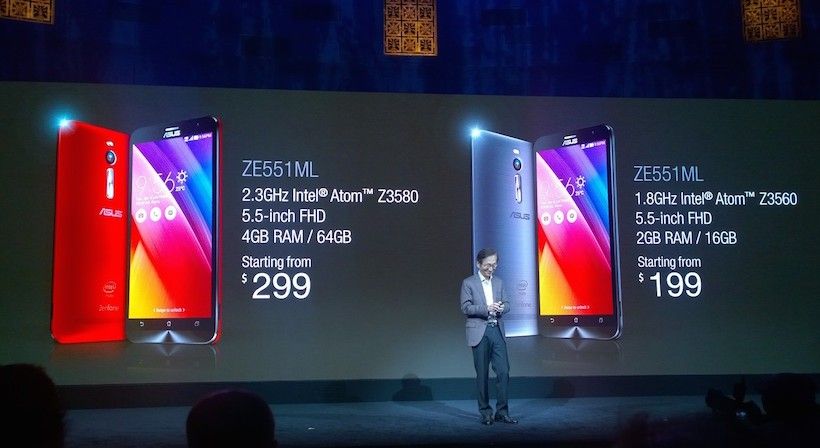
The ZenFone 2 officially went up for sale in North America on May 20. It’s currently available for online order at Amazon, Newegg, and B&H Photo, with most of those outlets offering overnight delivery in several different colors. Unlocked pricing is $199 for the 1.8GHz/2GB/16GB model and $299 for the 2.3GHz/4GB/64GB version. (By the way, our 64GB device informed us upon unboxing that 10 gigs of its available storage were already claimed by the system partition and preloaded software, leaving 54GB free for our use.)
ASUS promises compatibility with AT&T and T-Mobile US in North America, but cautions that the number-2 SIM slot supports voice, SMS and 2G data only: 4G LTE support is confined to SIM 1.
Conclusion
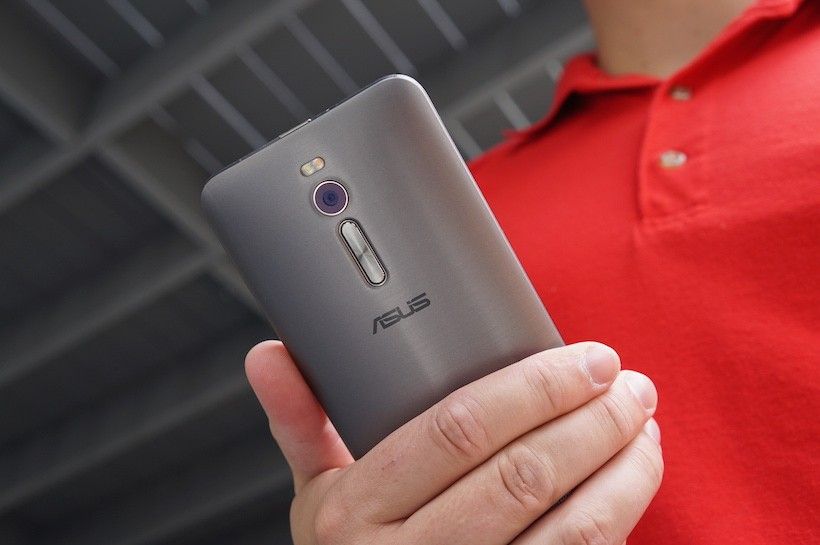
Like any smartphone, the ASUS ZenFone 2 is a complicated instrument – and given a more conventional price tag, it would be something of a mixed bag. But append its actual price to the end of any shortcoming, and it becomes pretty tough to dwell on any of those drawbacks for long. For example: its display is mediocre … but it’s a $200 smartphone. Its acoustics aren’t great … but it’s a $200 smartphone. Its faux-metallic plastic is chintzy … but it’s a $200 smartphone. Even if you substitute the $300 price point of our higher-end unit, the value still boggles the mind.
Of course, the ZenFone 2 isn’t the only affordable smartphone on the market with compelling features. Many of the competition’s alternatives even offer a leg up on the ZenFone 2: the OnePlus One is more stylish; the AOT Idol 3 has better speakers; the Moto G is substantially cheaper thanks to its downgraded specs. And with older flagships constantly dropping in price as they fade into obsolscence, the ZenFone 2’s competition gets fiercer. The excellent Moto X can be had for as little as $399 these days, for instance.
But of all those, the ZenFone 2 is definitely the most audacious. For one of the first-ever 4GB smartphones to also hit store shelves with one of the lowest price tags is almost revolutionary. What’s more, the amped-up specs actually make it a more enjoyable phone to use. This device packs responsiveness, customizability, and tons of features into an absurdly potent hardware package, and it throws in a pretty good camera to boot. For a power-hungry pragmatist on a budget, you’d be hard pressed to find a better option than the ASUS ZenFone 2. And in a broader sense, it’ll be interesting to see how other smartphone manufacturers cope with the new reality that products like this are ushering in.
Scored For Me

Adam Z. Lein and Stephen Schenck contributed to this review.

